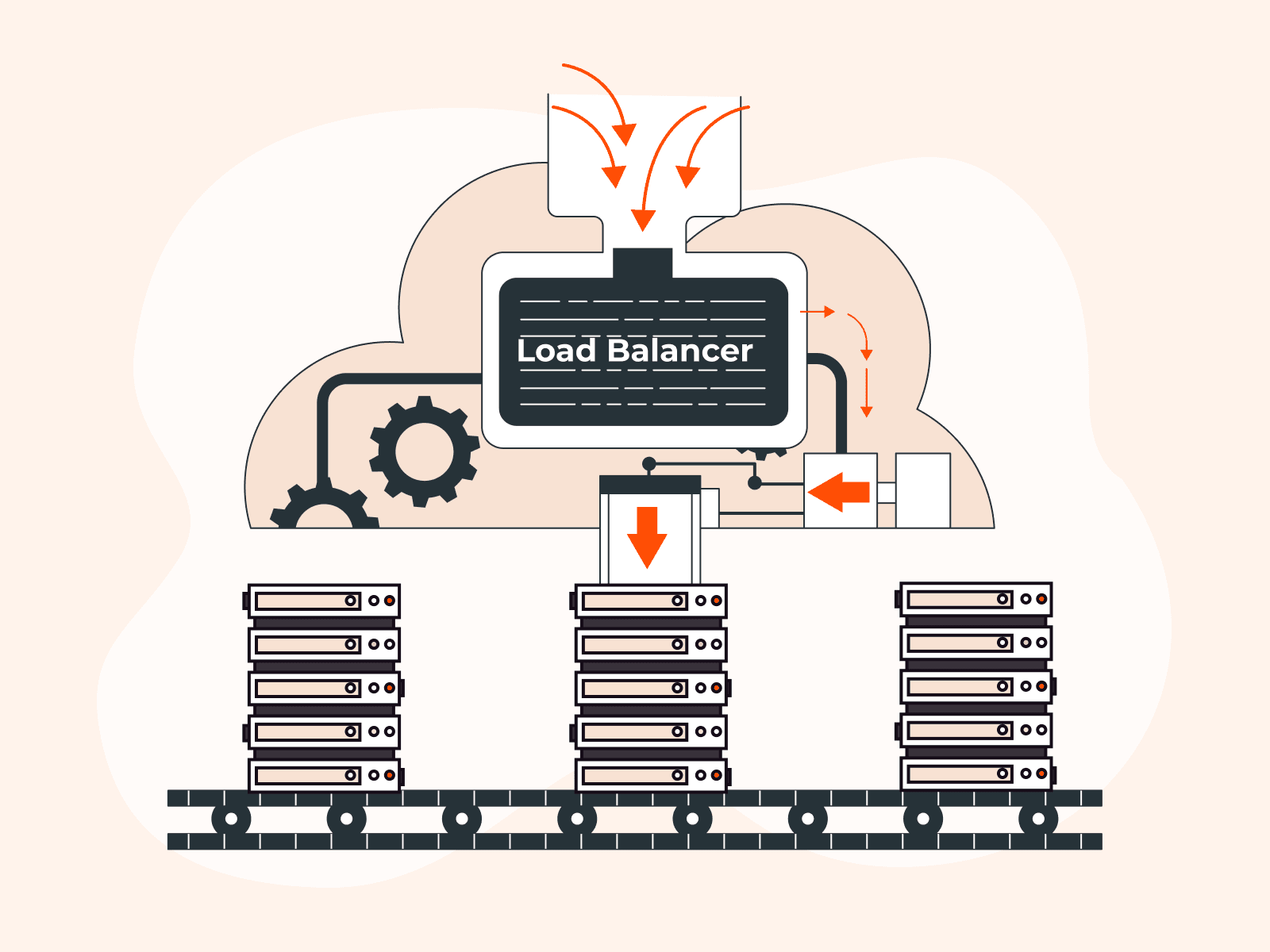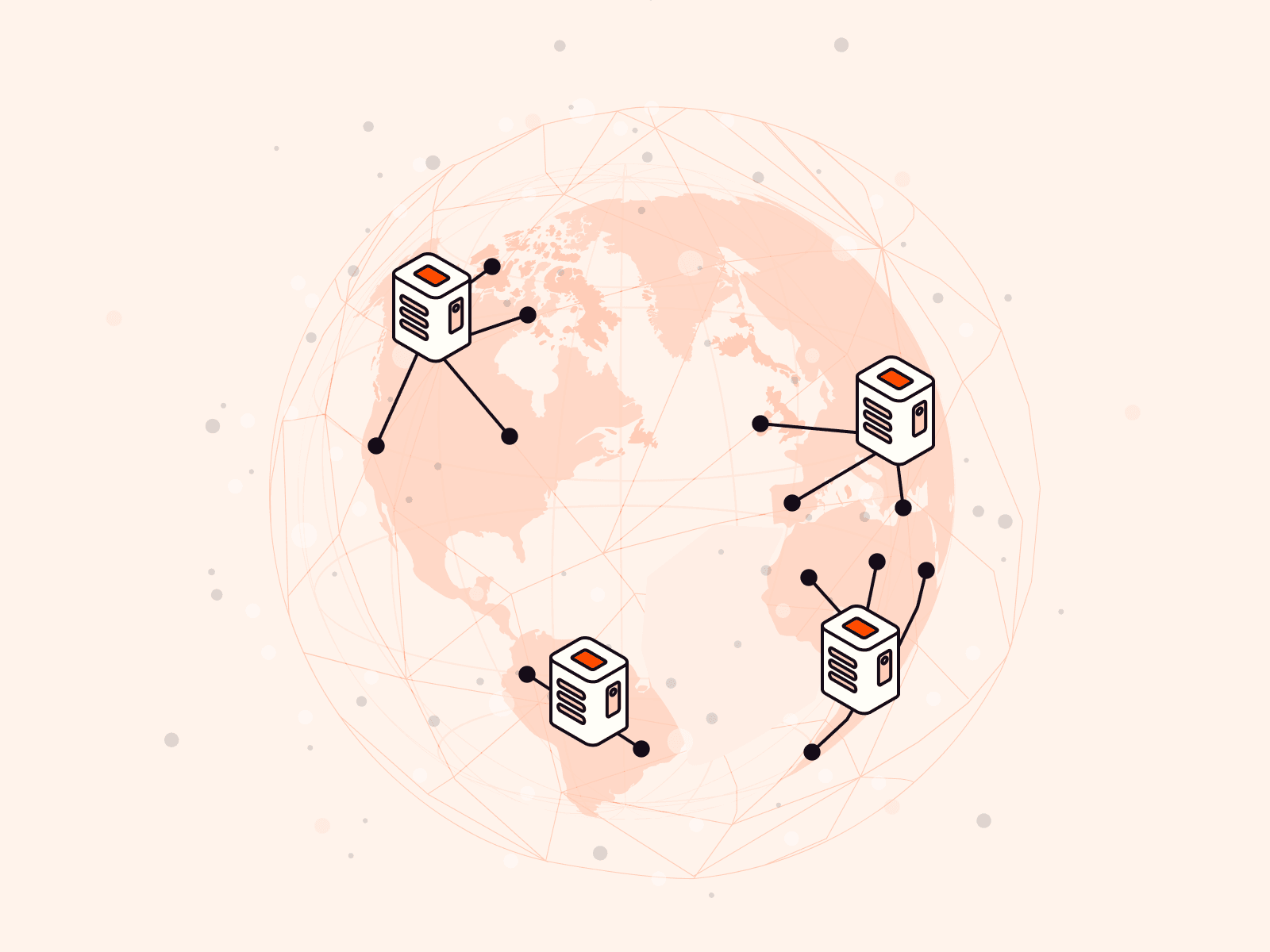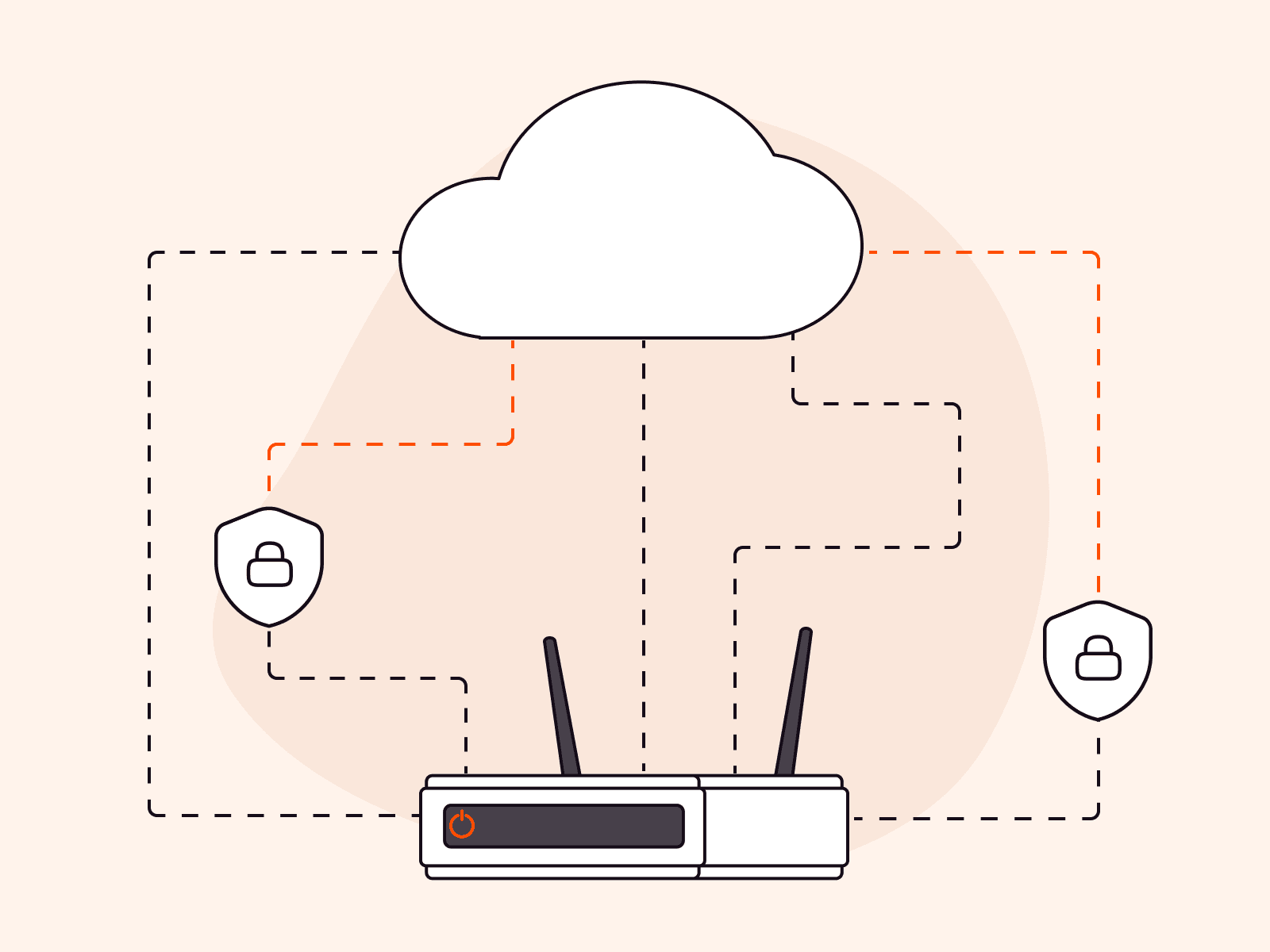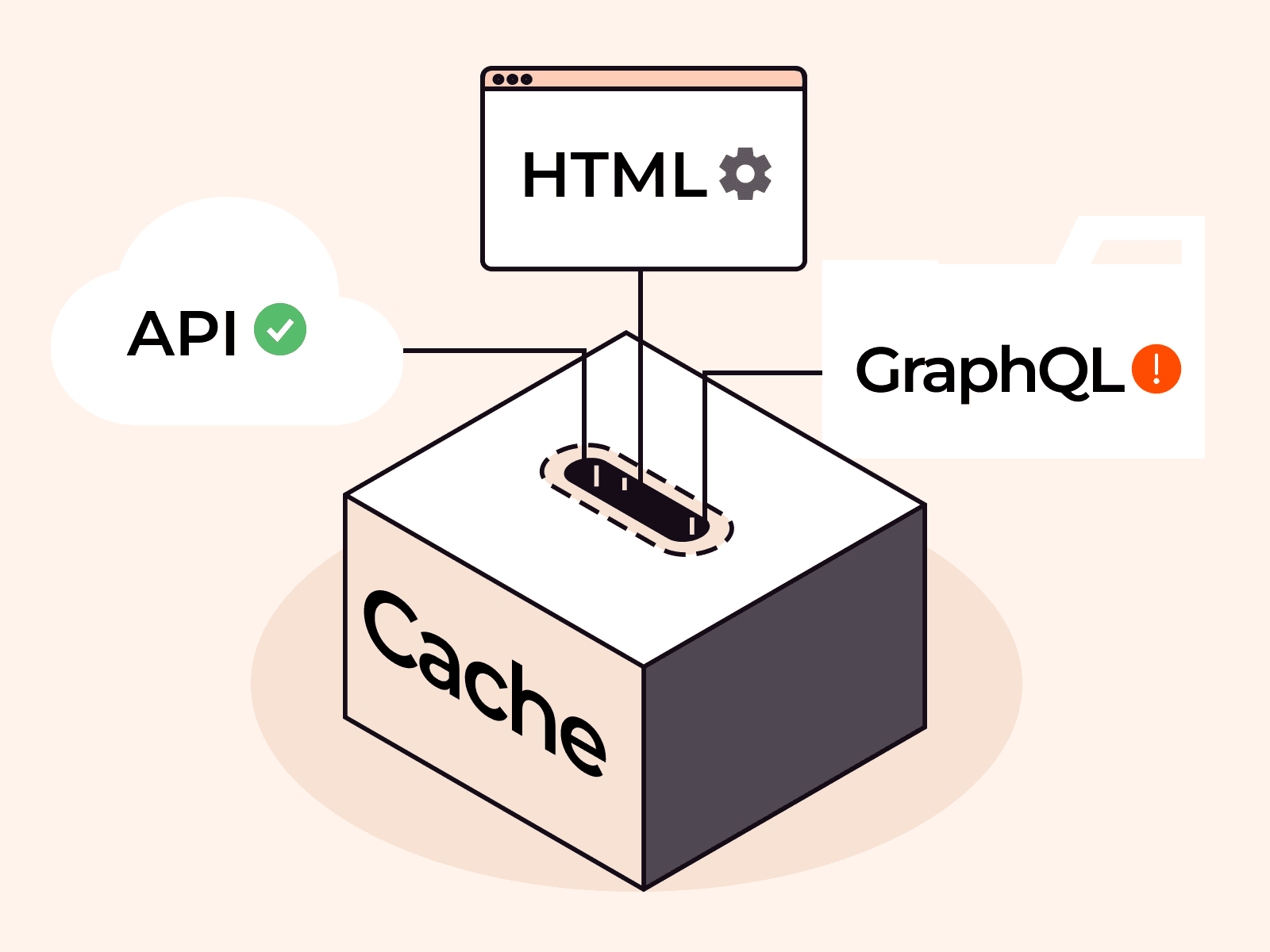A Record vs CNAME: The Differences Between A and CNAME Records in DNS Management
- By Gcore
- June 2, 2023
- 2 min read

When managing your digital presence, it’s crucial to understand the functions of A and CNAME records within the Domain Name System (DNS). These key elements of internet infrastructure directly affect how users access your website and engage with your online services.
A Records: What Their Point Is
An A record, also known as an Address Record, serves as the ‘GPS’ for your domain names. It converts easy-to-remember domain names (like www.mywebsite.com) into the IP addresses that servers and networks use for identification. We explored this in detail in our previous article, “What is an A Record”.
CNAME Records: What Their Point Is
Conversely, CNAME (Canonical Name) records redirect from the domain name they’re associated with to another domain name. They effectively create an alias, allowing one domain to mirror the content of another.
CNAME records come with unique advantages and constraints. For example, they offer flexibility by allowing you to change the final destination (the A record) of the CNAME chain, and all the CNAME records pointing to it will automatically adjust.
However, restrictions apply. You cannot have any other DNS records (like MX, TXT, etc.) on a domain with a CNAME record. Moreover, DNS standards dictate that CNAME records cannot be used for the root (apex) domain, meaning you can’t have a CNAME for example.com, but you can for www.example.com. The CNAME Flattening feature offers a workaround, but not all DNS providers offer this service.
Distinguishing A and CNAME Records
- Destination Control: A records provide a direct route, pointing directly to an IP address, whereas CNAME records point to another domain name
- Flexibility: CNAME records outshine A records in flexibility. Changes need to be made only once at the final A record destination, and all associated CNAME records will automatically follow suit
- Restrictions: CNAME records cannot coexist with other records for the same domain, and cannot be used for root (apex) domains (if no CNAME Flattening). A records do not have these restrictions
- Performance: DNS lookups for A records are generally slightly faster because they involve a single direct lookup. A CNAME record requires an additional lookup to resolve the final A record
- Use Case: A records are used when you want to point a domain or subdomain to a specific IP address. CNAME records are used when you want to alias one domain or subdomain to another
In conclusion, both A and CNAME records play vital roles in DNS operations. The choice between them hinges on the specific needs and architecture of your domain setup.
Managing Your DNS Records
Gcore DNS Hosting offers a user-friendly platform for managing your NS records, making DNS management a breeze for both beginners and seasoned webmasters.
Conclusion
Looking for reliable, high-performance DNS hosting? Choose Gcore DNS Hosting for fast and resilient DNS services:
- Global latency averaging 30 ms
- Anycast routing
- Multiple load balancing options, including Geobalancing
- Free-forever through enterprise-grade plans
Related articles
Subscribe to our newsletter
Get the latest industry trends, exclusive insights, and Gcore updates delivered straight to your inbox.





